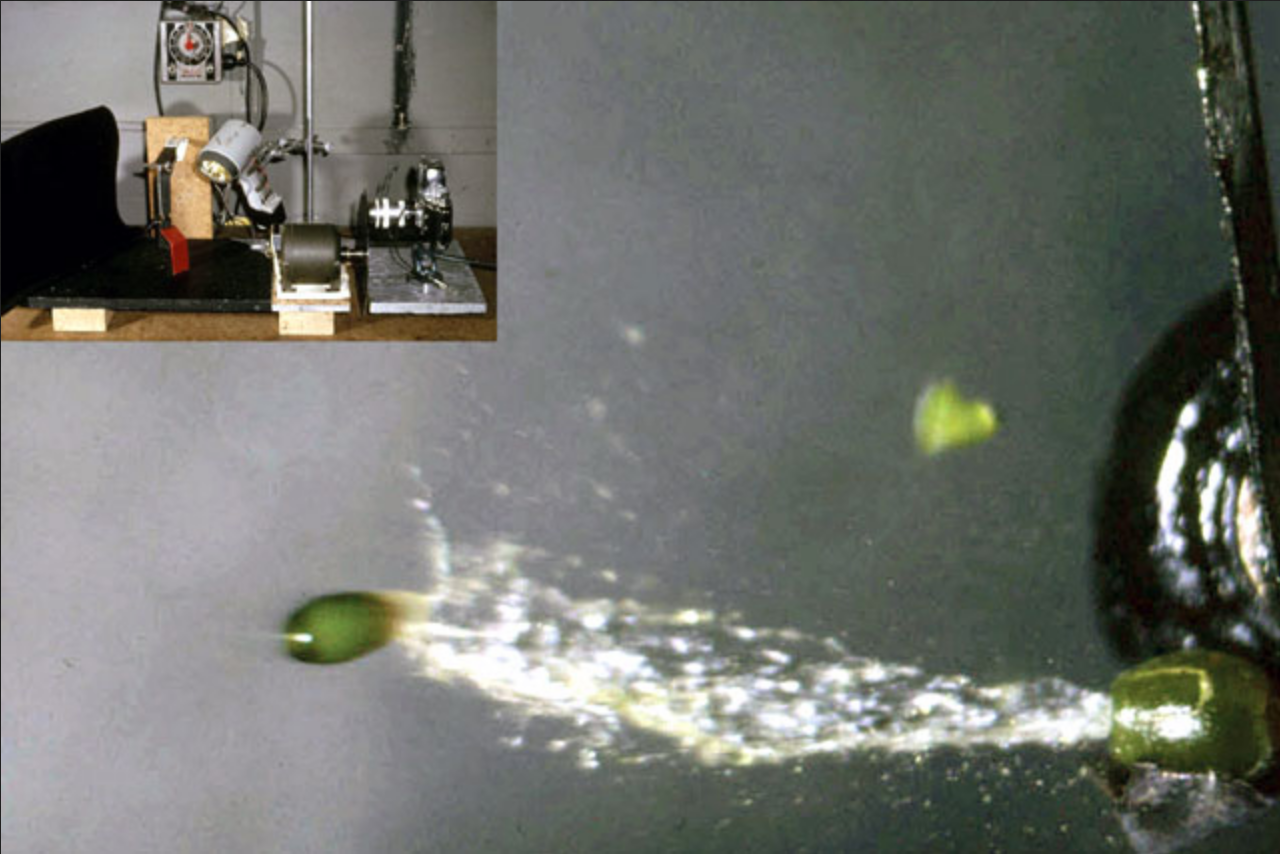Picture of the Week
December 20, 2021
The Other Mistletoe
Janna Beckerman, Professor, Botany and Plant Pathology, Purdue University
When people sing or think about mistletoe this time of year, they certainly aren’t talking about dwarf mistletoe! The unattractive parasites cause significant and economically important damage to conifers in western North America (and other parts of the world). Unlike the true mistletoe we often sing about, dwarf mistletoes are related to them, but true mistletoes (mostly) parasitize angiosperms, or trees and shrubs with broadleaves. Dwarf mistletoes parasitize gymnosperms, commonly called conifers.
All mistletoes are obligate parasites that require a living host to survive. From the host plant, they receive water, nutrients and a lot of their food in the form of the host plants sugars (photosynthates). There are male and female plants (Fig. 1), and the female plants produce the fruit. These fruits are the bomb, in that each seed is explosively discharged like a water-propelled rocket—going up to 60 miles per hour (Fig. 2)! Kissing anyone under these mistletoes is all fun and games until someone loses an eye!
Click image to enlarge
Seeds can be dispersed up to 50 feet, although distances in the 30 ft range are more common. The seed is coated with a sticky goop called viscin, which allow it to stick to any needles it strikes. Eventually, with water, the seed will slide down the needle to the stem. When it germinates, it produces a root-like sinker to penetrate the branch and begin its parasitic life style.
For more information on dwarf mistletoes, see:
https://www.apsnet.org/edcenter/intropp/lessons/miscellaneous/Pages/Dwarfmistletoes.aspx



